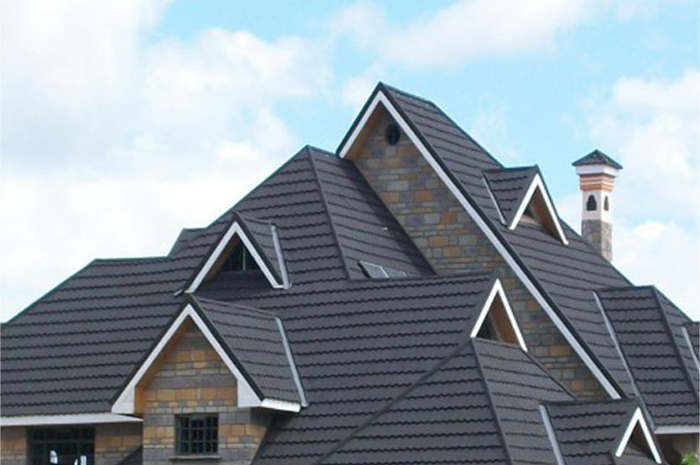Roof Problems and Maintenance That Can Be Done

Before understanding the aspects of roof maintenance, we need to know the properties of roof coverings as follows:
- The thicker the weeds, the better.
- Shingles, cool because they absorb heat slowly.
- Ceramic tiles, vary according to trends.
- Metal roof tiles, light weight, low price.
- Concrete roof tiles, many models and economical.
- PVC, not noisy when it rains.
ROOF MAINTENANCE
Maintenance of roof covering components has started since the planning and implementation of construction. The following are problems that are generally found in roof coverings:
1. The roof is too sloping
A flat or sloping roof will cause water to slowly drain downwards. The ideal slope requirement is 30-40 degrees so the water must easily flow to the ground.
2. The roof covering is not neat
Choose quality roof covering material so that it can be installed perfectly without any gaps. Correct installation also matters. Therefore, use workers who can install roof coverings properly and neatly.
3. Track down the source of the leak
The nature of flowing water means that leaks are often located far from the source, making it difficult to identify the source of the leak. So we have to keep looking for places where there are leaks because generally cracks in one part will be followed by other parts.
4. Ridges, ridges and roof connections
a) The ridges, ridges and roof joints as well as other meeting details that are not neat can create gaps through which water can pass.
b) Minimize roof connections such as ridges, ridges, stacked roof models, and joints.
c) The ridge or roof should not be installed too high because it will create gaps that invite water. The work must be neat and use materials that do not crack easily. If there is still a connection, don't forget to apply coating material (floshing) to the connection.
d) Adding special sheets that are waterproof, soft and flexible. This method makes the roof cleaner and neater because there is no melted mortar which often contaminates the roof.
Coating material requirements:
Coating material (flashinq) needs to be installed on parts that are prone to leaks, such as at the ceiling and where the roof tile meets the wall.
The ideal conditions for coating materials are:
- Not degraded by water
- Does not expand at high temperatures
- Does not absorb water
- The color can be adjusted to the tile so that it is suitable for combining with other materials
- Can be stained or painted
- Can be applied directly to the part you want to protect.
Strong gusts of wind will directly hit the roof and can cause a shift in the position of the alap cover (wind up lift). The way the wind works is perpendicular to the plane of the structural components. Loads can be in the form of positive pressure (blowing wind) and negative pressure (suction wind) on the surface of building structural components
The anticipation is:
a) Use of an open roof
Using the open roof principle means that there is a cavity in the roof covering which functions as a means of breathing for the roof. This cavity acts as an air cushion and from here the wind flow can enter the roof. The presence of compressed winds and suction (lift) winds entering and leaving through the walls of the fortress can bring air from the inside of the roof bearing. So, the air can change.
b) Use of cross ventilation
Consists of two openings (can be doors, windows or rosters) which are located opposite each other. These conditions result in air being able to flow and cross the space. Air holes also need to be made at the top and bottom.
The bottom hole is placed as close to the floor as possible, while the top hole is as close to the ceiling as possible. Try to place it on the side that has the greatest movement and wind penetration
Maintenance of Building Architectural Components.
Additional ventilation on the roof can only be done on the overstek side of the roof. Ventilation in parts of the building is generally carried out with a cross ventilation system due to room dividers reaching up to the ceiling.
c) Use of Underlay
Complementary roof components are placed under the roof tiles so that wind cannot enter and exit the ceiling space
d) Use of nails and clips
This component keeps the roof tiles from being lifted easily. To reduce the incidence of wind damage, protection is needed in the form of reforestation by plants with thick leaves and strong leaves. The types of plants are adapted to the local climate so they are easy to plant and care for.
